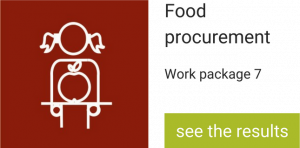Procurement of nutritious food in public institutions
Healthy diet for children requires high-quality food in public institutions such as schools, kindergartens and hospitals.
We have analysed EU and national legislation, implemented good practices and proposed a Framework for Action to contribute to the higher quality of menus in public institutions, by assuring the transparent quality of the procured food.
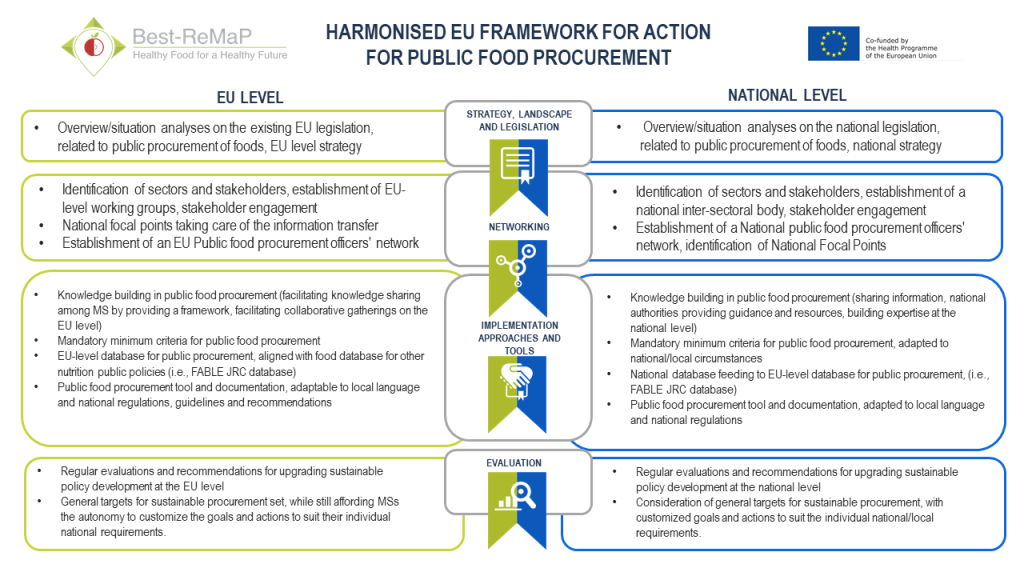
Improved food procurement for children
Report on existing EU and national legislation on food procurement
This report is based on existing EU and national legislation related to public procurements of foods, and is providing recommendations for possible improvements to achieve a higher quality menu in public institutions. This document is based on the Report of the Maltese Presidency and the Joint Research Centre (JRC) and on good practices in the involved Member States. See the report here.
Report on knowledge transfer trainings
This report covers knowledge building, knowledge sharing activities and knowledge transfer workshops and trainings in the EU Member States on good practices in food procurement. See the report here.
Pilot catalogue of foods
This catalogue is an overview of the available tools in the participating Member States, with recommendations for the development of a joint pilot English-language Catalogue for selected food groups, with the possible adaptation of the available tools. Report will be available here soon.
EU harmonised Framework for Action
The pilot protocol for the implementation of public procurement of foods in public settings is consolidated in an EU Framework for Action for public procurements of foods in public settings. This Framework for Action provides guidance for policy implementation measures for the EU Member States and calls for regular updating following the end of this Joint Action. (Report D7.4 is foreseen in September 2023)
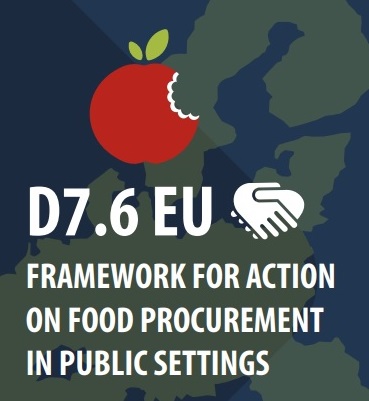

Our vision
As children spend considerable time at school, improving the quality of menus will result in better food choices and increased healthy life years.
Our activities
- supported the establishment of an intersectoral working group in the participating Member States;
- increased the overall understanding, knowledge and skills regarding public procurement of food/food products in selected public institutions;
- enabled more choice of quality foodstuffs for balanced menus in selected public institutions; and
- recommended further institutionalised implementation of the public procurement procedures for quality foods across EU states.

What types of food should be on your child's table at school?
It is of utmost importance for parents and schools to know what types of food and in what amount is needed to keep our children healthy. FoodServiceEurope developed a Model School Food Standard for contracting authorities and contract catering operators involved in the provision of food in schools in the EU. With the help of this guidance, the quality of food in schools can be improved.
School canteens should aim to provide our children local food in great diversity. Producing and consuming locally is seen as a way to achieve fairer remunerations for farmers and higher quality local food products. The European situation is far from ideal in this regard.
In this Special Report about Short Food Supply Chains you can read articles about the difficulties and possibilities to improve the availability of these local and organic products also on your child’s table at school.
Why act?
Our knowledge-base
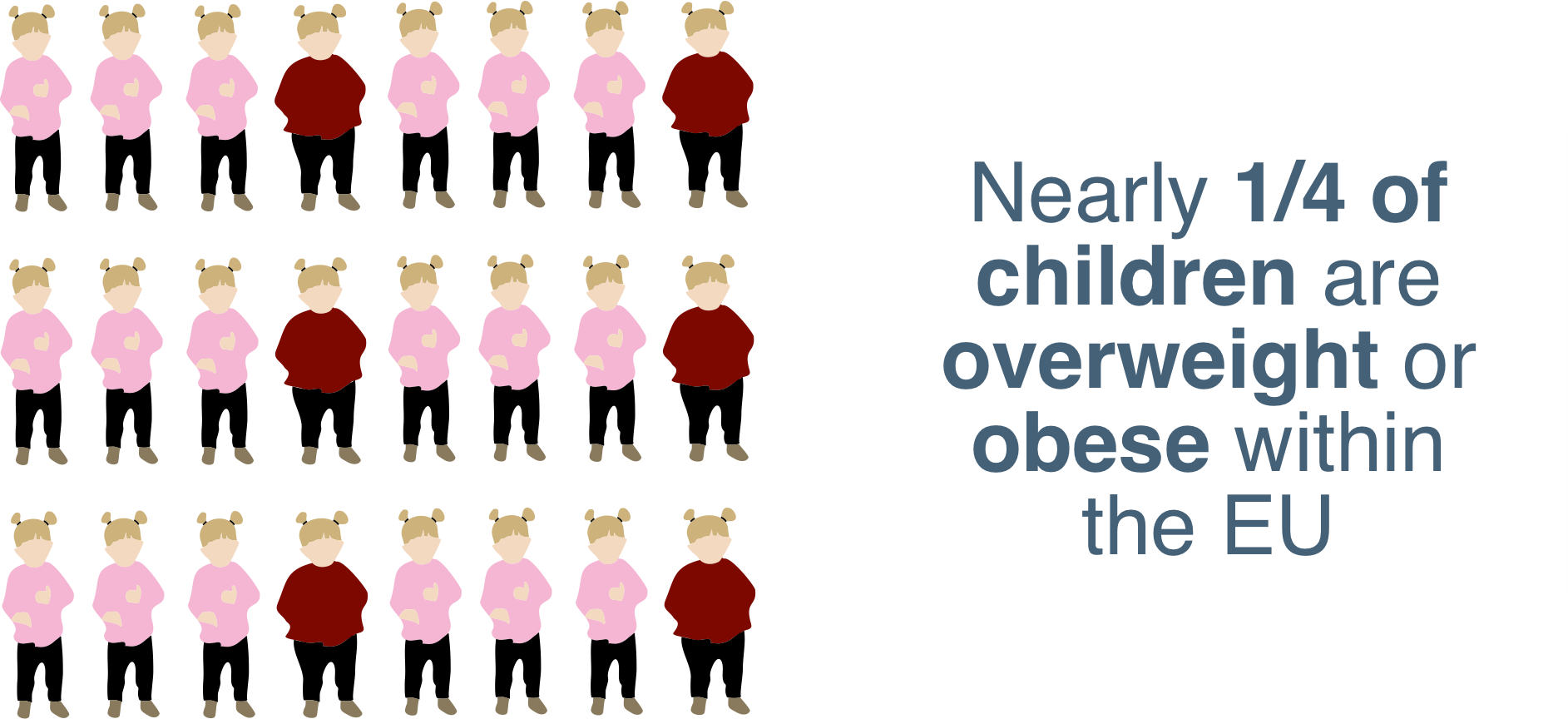
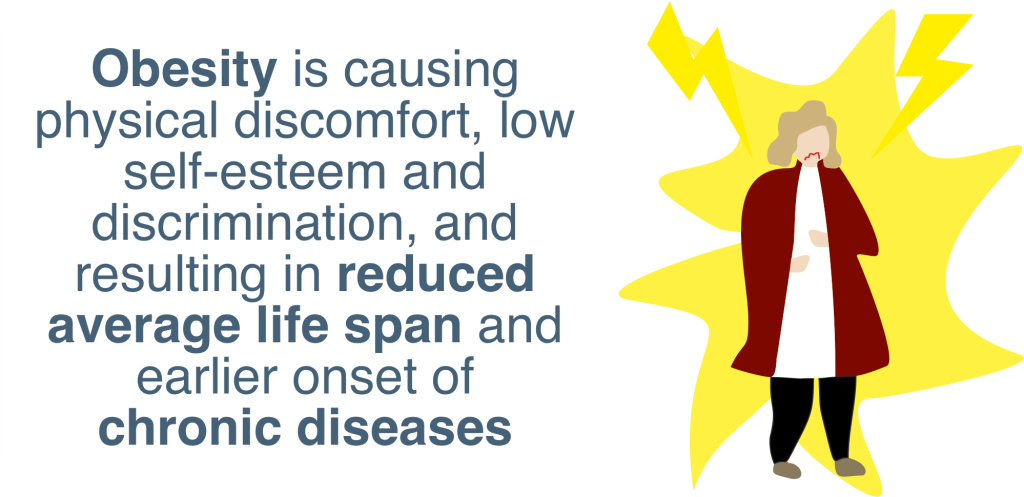
The WHO European Childhood Obesity Surveillance Initiative (or COSI) is a unique system that for over 10 years has measured trends in overweight and obesity among primary school-aged children. Their latest factsheet is available here.
A study of the OECD analyses the burden of obesity and overweight in 52 countries, showing how overweight reduces life expectancy, increases healthcare costs, decreases workers’ productivity and lowers GDP. You can read the key messages, or download the full report.
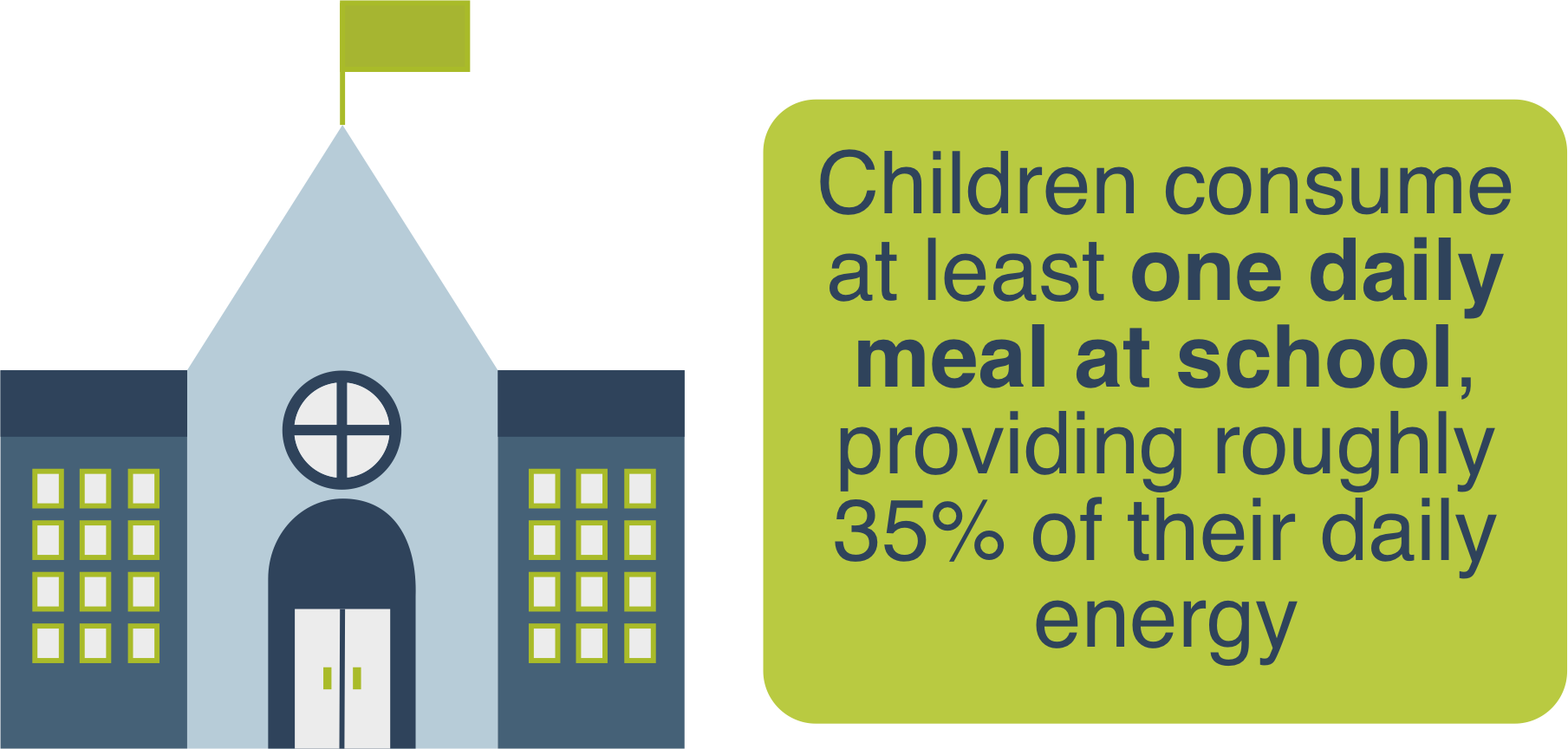

Debates over food provided for children at schools have recently taken place all around Europe. In this context, it is worth taking a look at solutions regarding school meals provision in different countries. Eurydice Network prepared a report on school meals in Europe based on data from 2015. Get more insight by downloading the study from here.
School-based interventions can reach large groups of children of all social classes, and messages learned may be taken home to impact behaviours in the family and elsewhere. A policy toolkit gives ideas on how to increase the daily consumption of fresh fruit and vegetables. Read more about these ideas here.
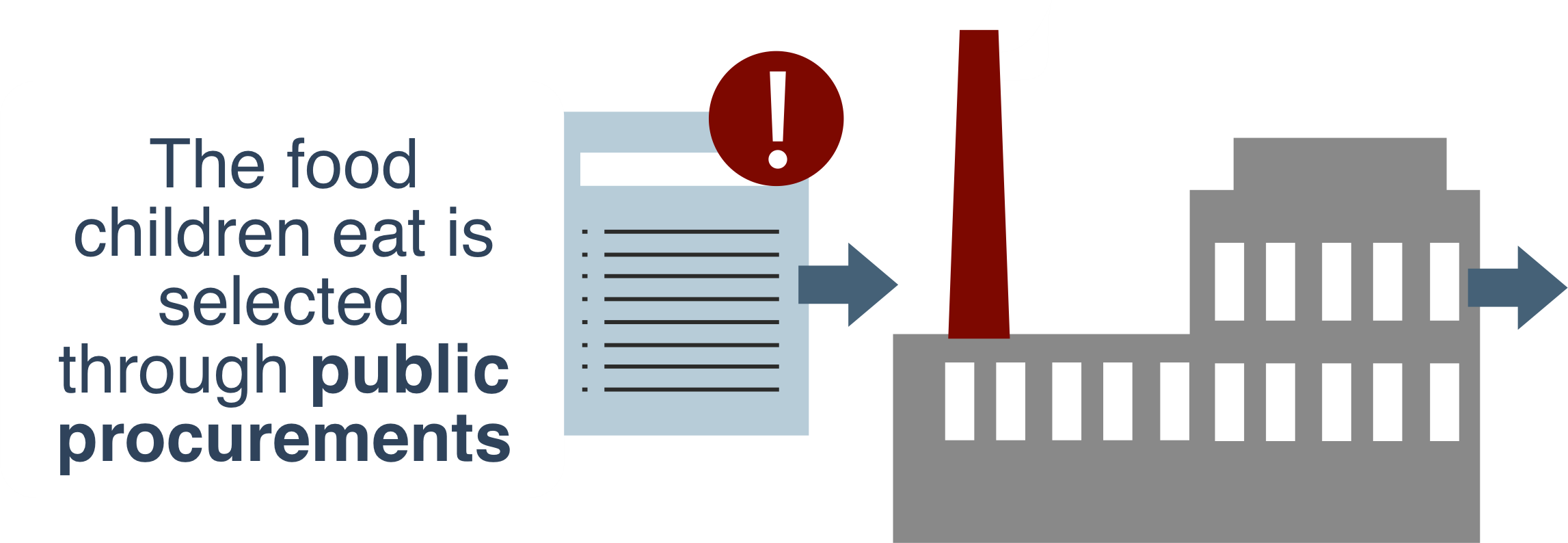
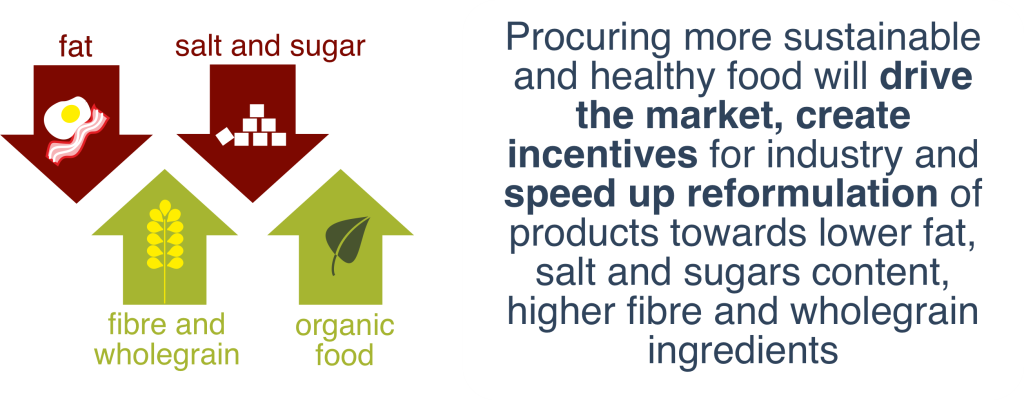
A discussion paper from EPHA discusses the potential of public food procurement to leverage a sustainable food systems transition, and explores how the EU can contribute to advance national and local strategic public food procurement policies. Read more about their proposals here.
Public procurement is a powerful policy tool for the promotion of healthier food choices. A study argues that it can further incentivize food reformulation and encourage those involved in the procurement process to consider health alongside economic, social and environmental aspects. Read more here.
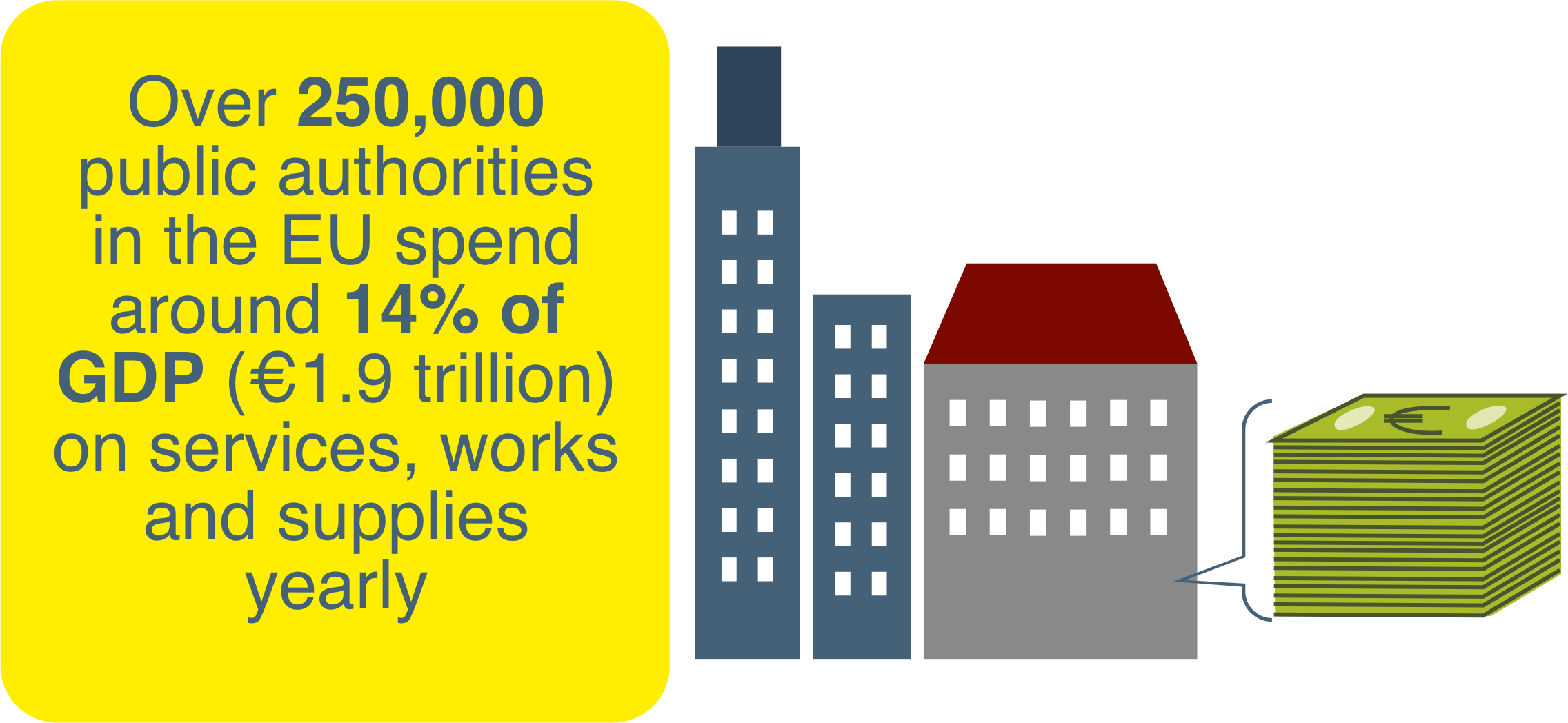

The EU launched an Action Plan on Childhood Obesity in February 2014. The overarching goal of this action plan is to contribute to halting the rise in overweight and obesity in children and young people by 2020. You can download the document from here.
Public authorities by using their purchasing power to choose goods and services with lower impacts on the environment can make an important contribution to sustainable consumption and production. A brochure of the European Commission collecting some of the most interesting examples from the Member States on green public procurement can be downloaded here.


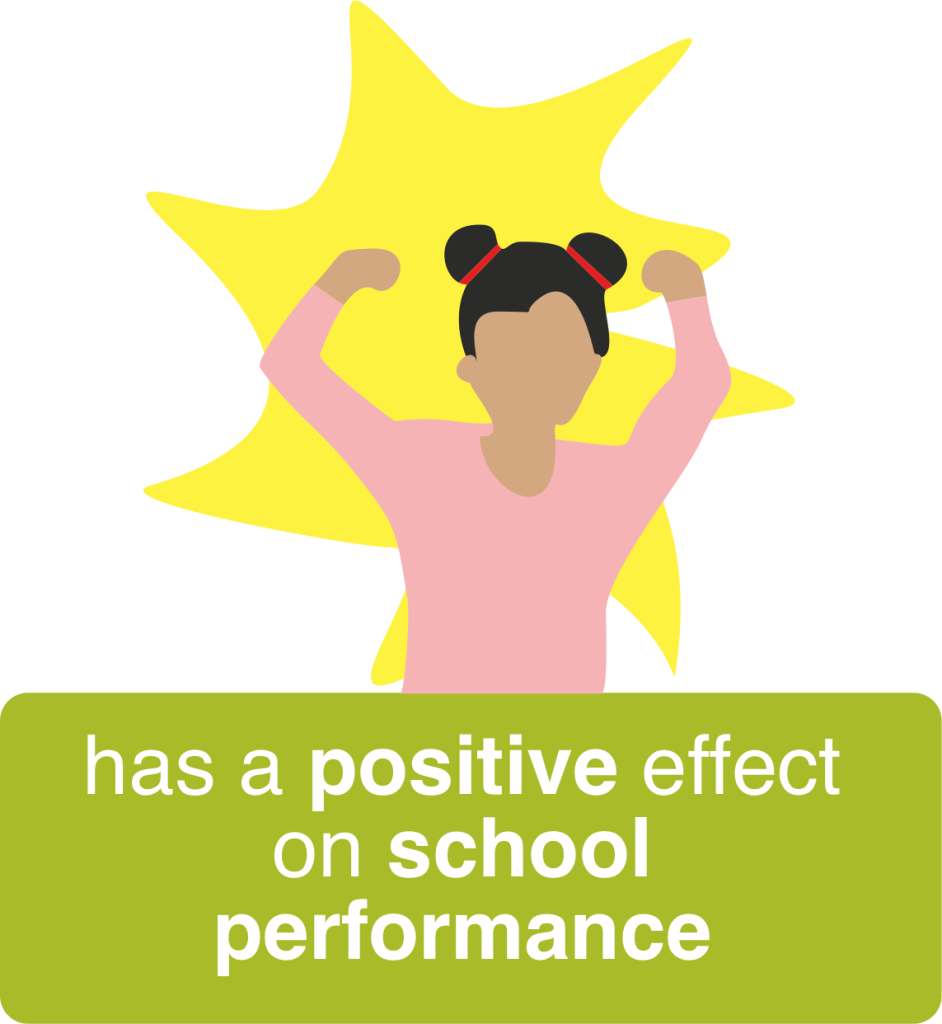
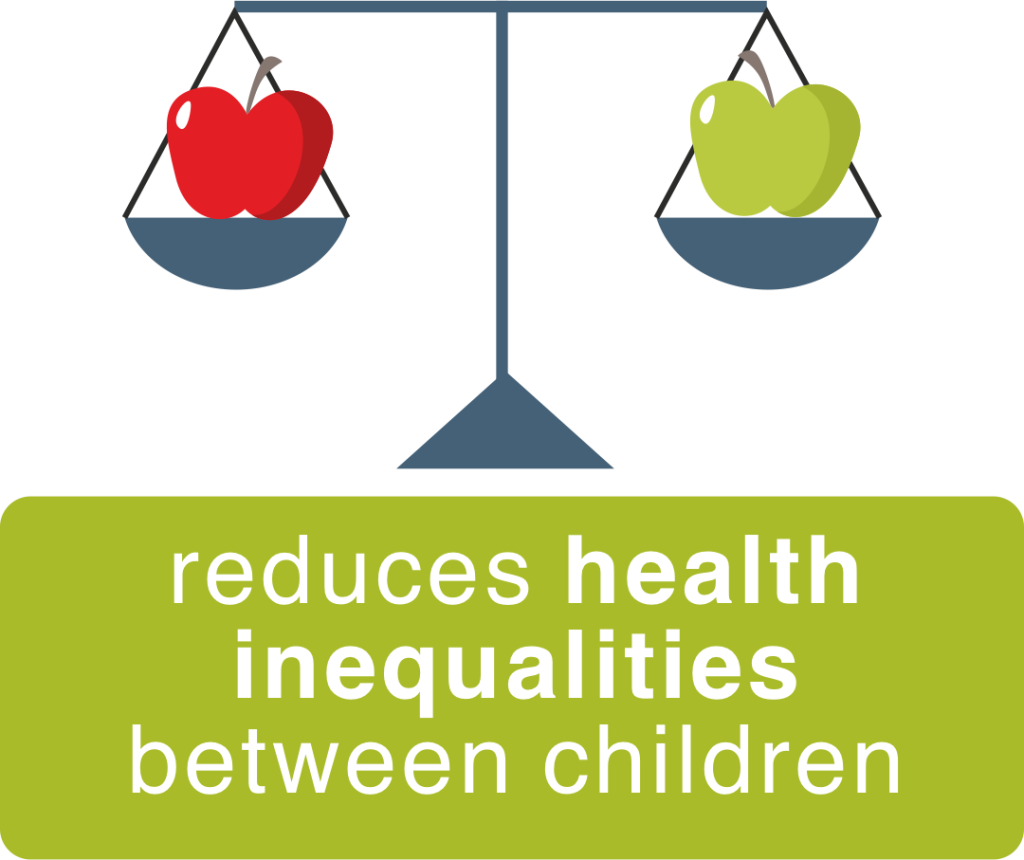

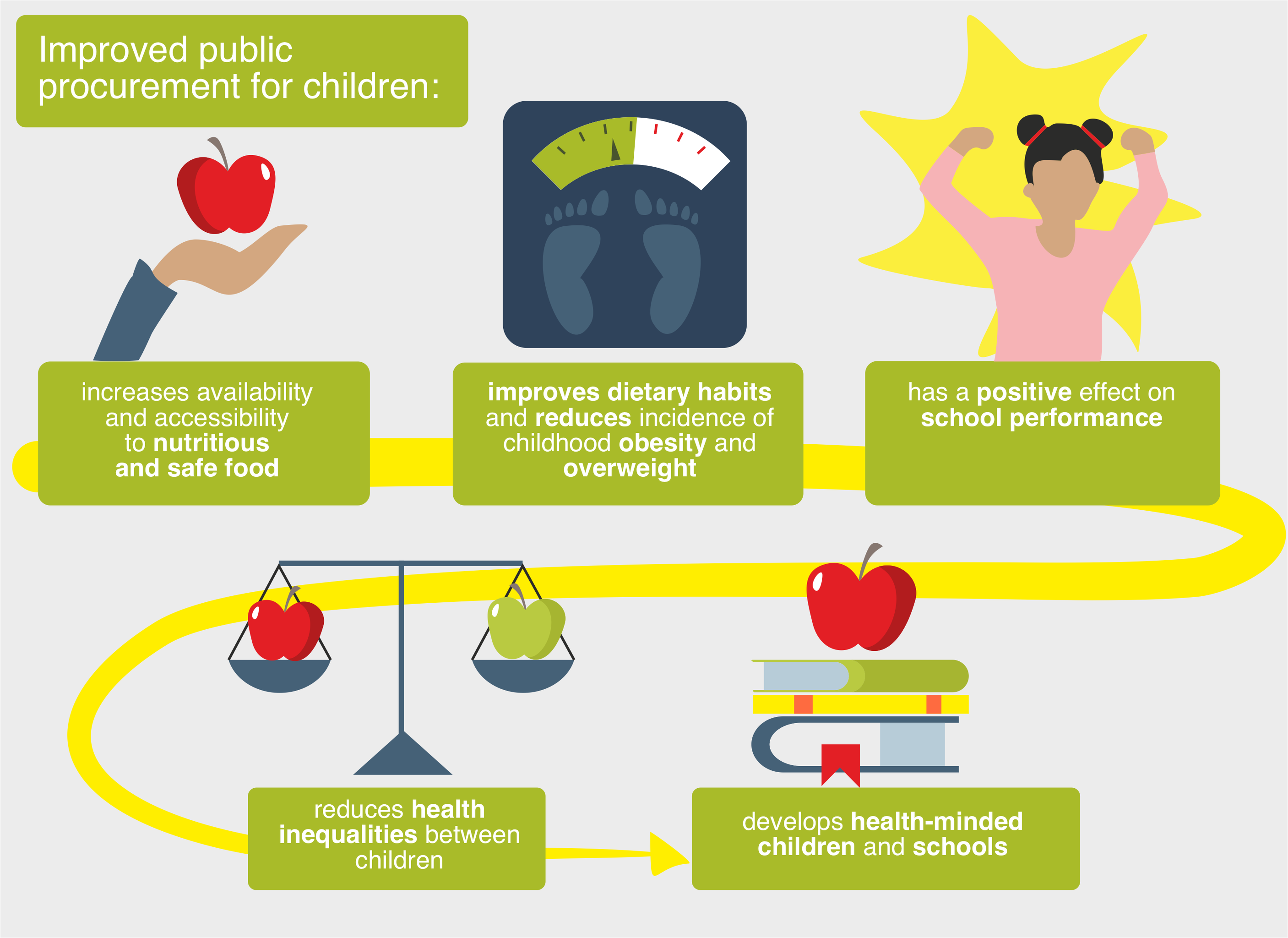
The European Commission adopted the Farm to Fork Strategy, aiming to support a fair, healthy and environmentally-friendly food system. Read more about this initiative here.
A recent publication of WHO intended for use by government policymakers provides an overview of how to develop (or strengthen), implement, assess compliance with, and evaluate, the effectiveness of healthy public food procurement and service policy. You can get more insight here.
WHO established the Commission on Ending Childhood Obesity to review, build upon and address gaps in existing mandates and strategies to prevent infants, children and adolescents from developing obesity. A recent implementation plan has been published to take forward its recommendations. Read more here.

What is our starting point?
A study of the Joint Research Centre of the EU, the Directorate General for Health and Food Safety of the European Commission and the Maltese EU Presidency on the public procurement of foods in school settings collects good examples and obstacles experienced from across Europe.
Best-ReMap starts its analysis from here and develops recommendations to further improve the menu in public institutions.

A good practice to build on
The European Commission and the Joint Research Centre collect good practices of Member States from different health policy areas, to give an example for others to build on their interventions.
Slovenia introduced valuable solutions in the area of public procurement of food which are a basis of our work in this EU Joint Action as well.

The European context
Food public procurement relates to both the purchasing of (raw) food and the contracting out of catering services fully or in parts by public bodies. It applies to different settings and venues such as schools, hospitals, care homes, armed forces, prisons, governmental buildings.
Directive 2014/24/EU on public procurement in its Title III, chapter I covers the particulars of social and other specific services, including school catering and canteen services.

The starting point of this activity
A study of the Joint Research Centre of the EU, the Directorate General for Health and Food Safety of the European Commission and the Maltese EU Presidency on the public procurement of foods in school settings collected good examples and obstacles experienced from across Europe.
Best-ReMap started its analysis from here and developed recommendations to further improve the menu in public institutions.

A good practice to build on
The European Commission and the Joint Research Centre collect good practices of Member States from different health policy areas, to give an example for others to build on their interventions.
Slovenia introduced valuable solutions in the area of public procurement of food which is a basis of our work in this EU Joint Action as well.

The European context
Food public procurement relates to both the purchasing of (raw) food and the contracting out of catering services fully or in parts by public bodies. It applies to different settings and venues such as schools, hospitals, care homes, armed forces, prisons, governmental buildings.
Directive 2014/24/EU on public procurement in its Title III, chapter I covers the particulars of social and other specific services, including school catering and canteen services.
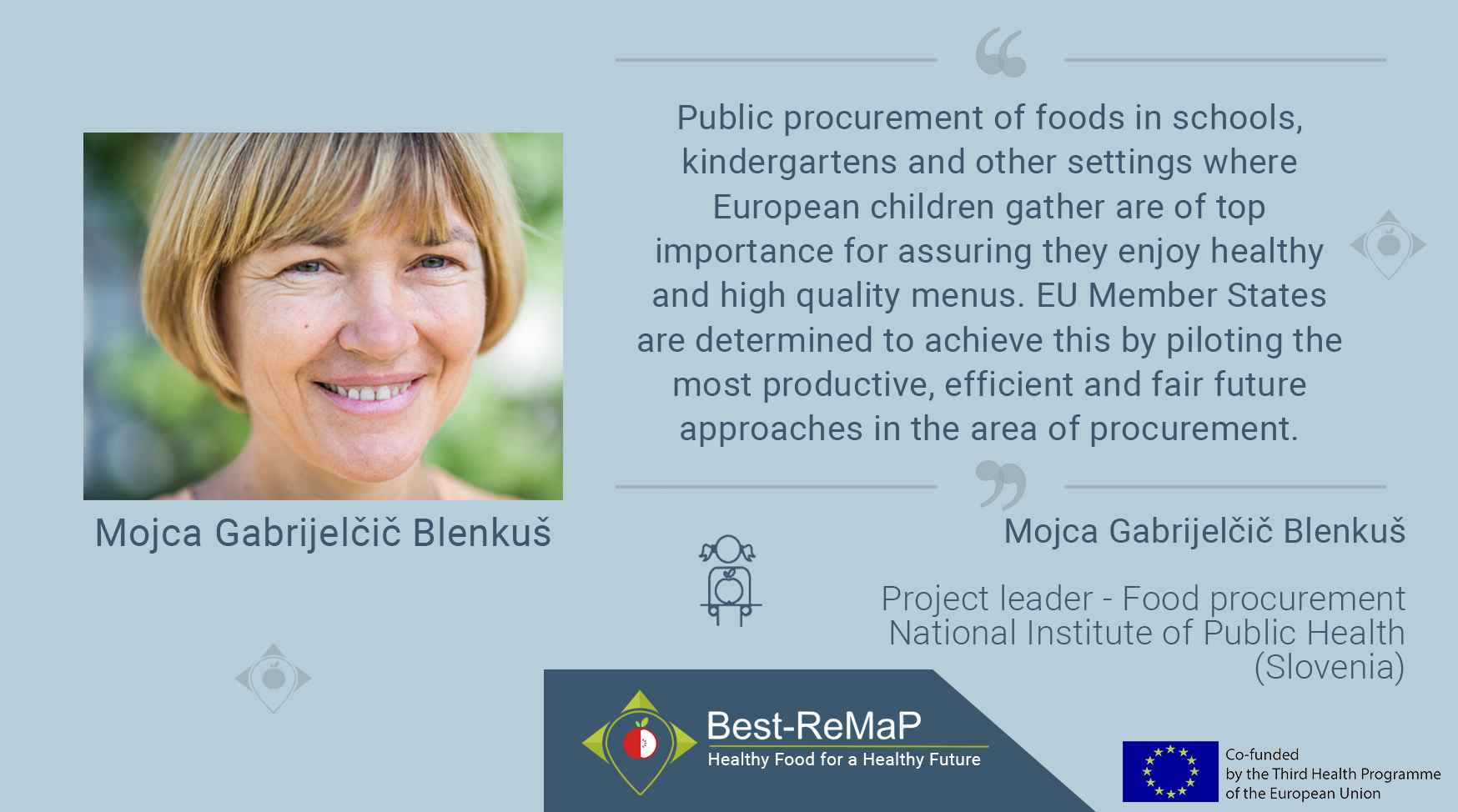

The content of this website represents the views of the author only and is his/her sole responsibility; it cannot be considered to reflect the views of the European Commission and/or the European Health and Digital Executive Agency (HaDEA) or any other body of the European Union. The European Commission and the Agency do not accept any responsibility for use that may be made of the information it contains.

